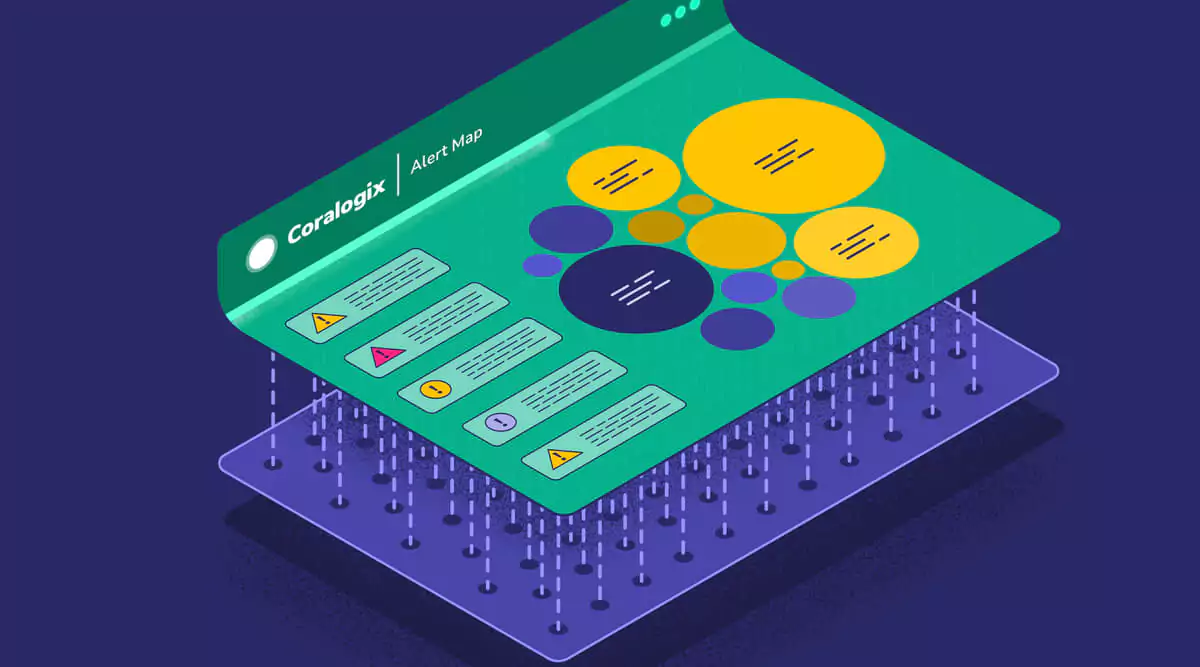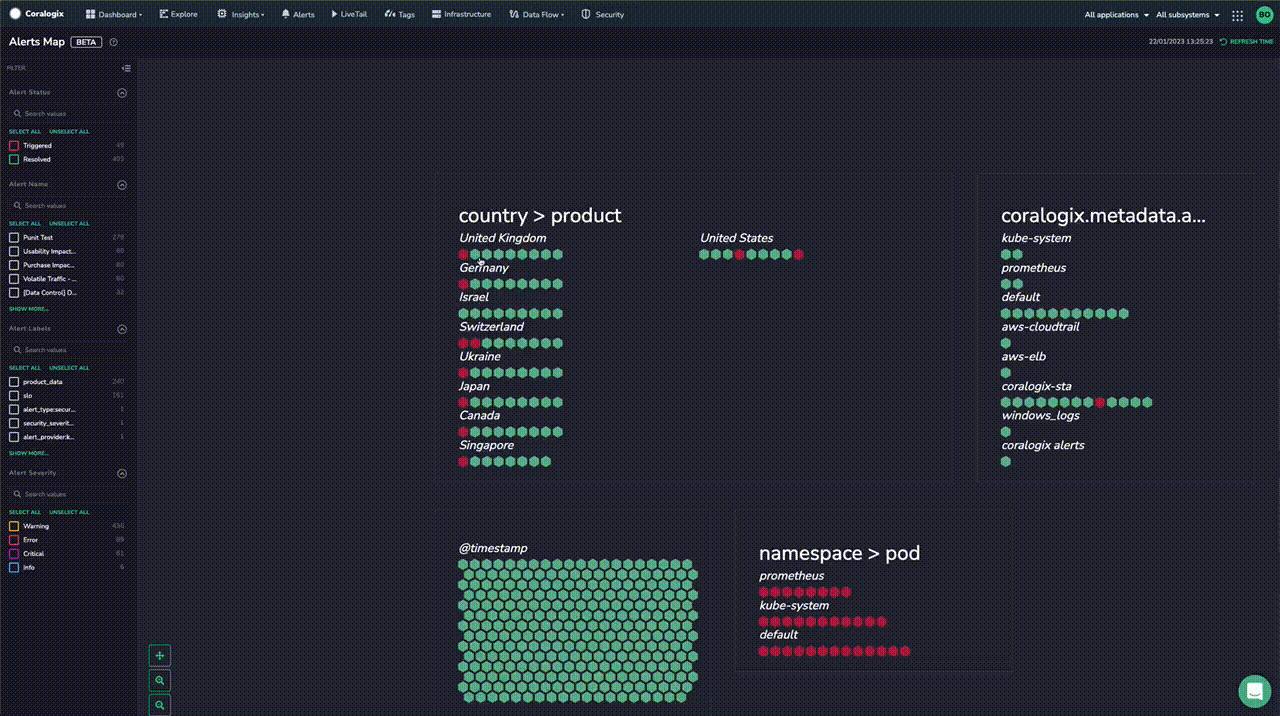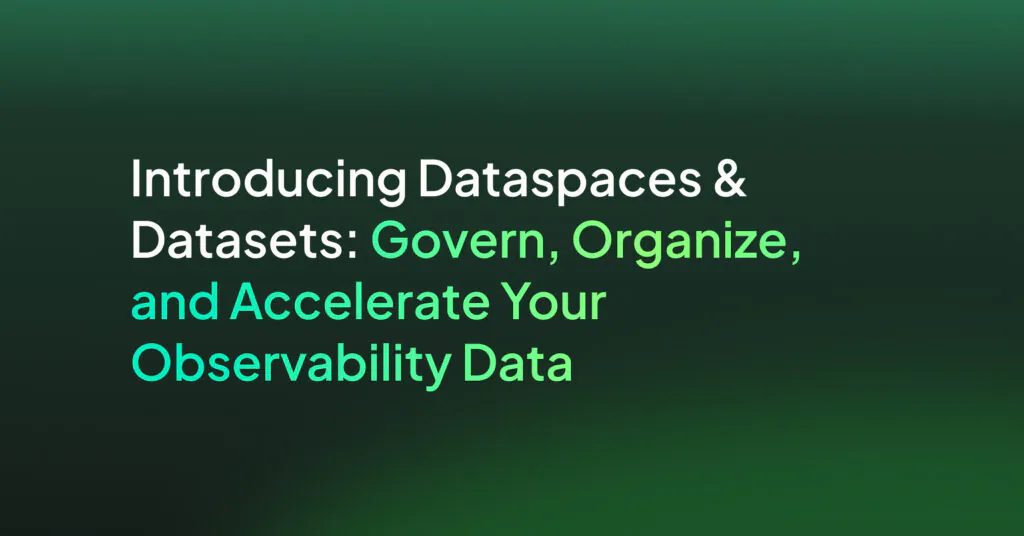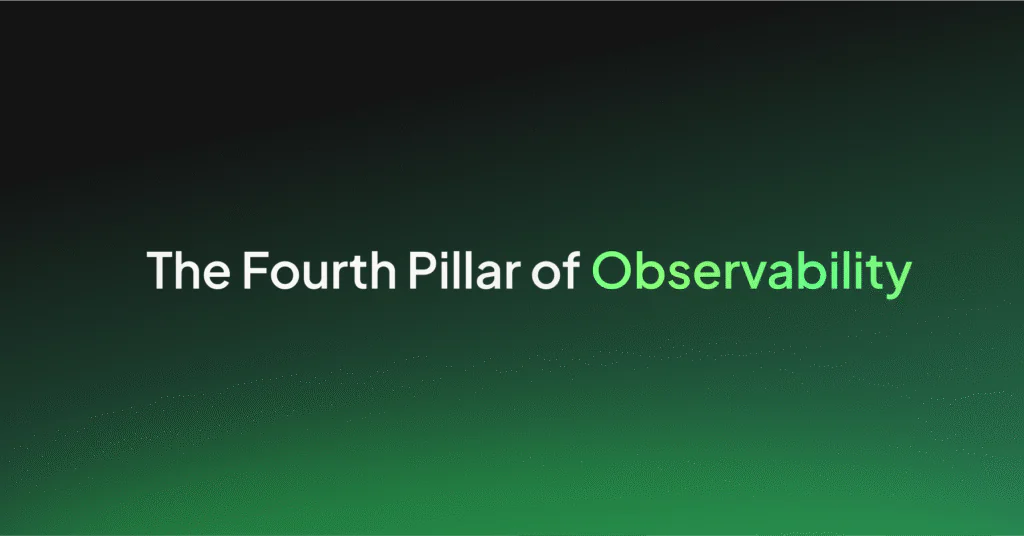Thousands of Insights at a Glance With Coralogix Alert Map

An effective alerting strategy is the difference between reacting to an outage and stopping it before it starts. That’s why at Coralogix, we’re constantly releasing new features that redefine how alerts are consumed, to enable teams to push their ambitions even further, release with confidence, and tackle issues proactively. Alerts Map is now an indispensable tool for that mission.
What is the challenge with Alerts at scale?
Organizations typically have hundreds, if not thousands, of alerts. At this scale, it’s a constant battle to stay on top of alerts, let alone draw insights from their behavior over time, as well as understand the infrastructure’s problem areas. Alarms attract attention, so when an engineer sees a new alert is triggering, they’re forced to deal with the problem in front of them.
At Coralogix, we want our customers to easily mitigate the upfront issue, and have the data necessary to make informed strategic decisions about their operational success. Coralogix Alerts Map delivers exactly that.
What is Coralogix Alerts Map?
Coralogix Alerts Map is the latest addition to the platform that allows users to visualize thousands of logical groupings at once. These groupings are defined in customer alerts. For example, a customer may decide to group their alarms on a specific cluster and node, so that only one alarm fires per node. Alerts Map will show the customer all of the alarms that are triggering for that specific grouping.

But Alerts Map is more than a high-level visualization. By zooming, using the scroll wheel or trackpad, new details emerge, like the name, alert type, and any specific value that triggered the alarm. This gives our customers the insights they need, precisely where they are expected, without creating a cluttered and noisy interface. This marriage of information density and usability is anywhere Coralogix leads the industry.
What makes Coralogix Alerts Map different from everyone else?
All other alert visualization technologies focus on rendering a map of the alerts themselves. This gives you a simple view of your alerts but does not show any commonalities between them.
Alerts Map is different because it renders the groupings, so rather than seeing your alerts and finding out which alerts are grouped together, you see your groups and can immediately see the related alarms.
Immediate insight without any special configuration
The groupings in Alerts Map are driven by the grouping values that are already in place for existing alerts. This means that Alerts Map will, without any extra effort, automatically reflect the groupings that have been put in place. Those groupings can be defined in the Coralogix UI or as aggregation clauses in a PromQL query.

With this functionality, groupings can be defined in a way that suits our customers and isn’t limited by data type, query language, or volume. Simply define the alerts that make the most sense and allow Alerts Map to give you an immediate strategic advantage.
Filter and Customize the UI for a Tailored Fit
The Alerts Map UI can be filtered to hide data that our customers don’t want to see and allow them to focus on the insights that mean the most to them. Anything from alert status, alert name, and severity can be calibrated on the left-hand side of the screen.
An interesting feature is the ability to filter by Alerts tag. A tag on a Coralogix alert allows you to categorize your tags into different groupings – for example, SLO, Infrastructure or Frontend. Combined with AlertsMap, this means different teams can slice this view however, they need, to visualize only the alerts that mean the most to them.
High Level or Precise Detail: Your Choice
Our mission is to make a flexible, intuitive, and powerful platform that will provide new, unique insights to our customers. With Alerts Map, Coralogix customers can boundlessly scale their alerting strategy, without losing those crucial trends and patterns that enable continuous improvement that gives companies a much-needed edge in an increasingly competitive market.




